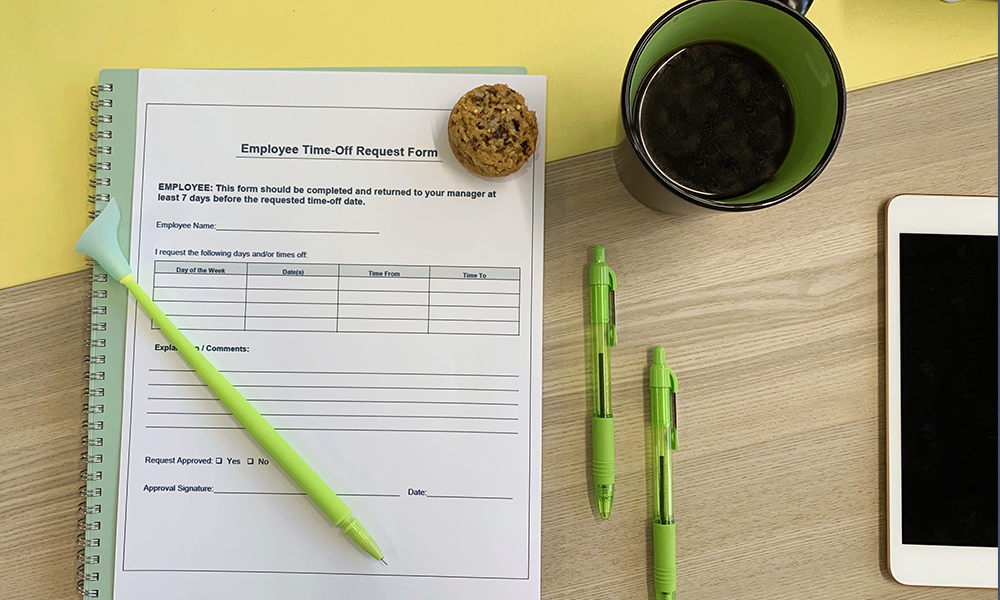It’s easy to think that accountants spend most of their time behind a computer analyzing data for clients they don’t really get to know personally. What people don’t realize is that accountants spend sometimes years cultivating relationships with their clients. Over the course of five years, one accountant’s professional relationships transformed into a friendship.
Five years ago, the accountant met her new client. The client came to her looking for training on bookkeeping for one of the businesses she operates, a side project in online retail. Through a series of meetings, the accountant showed her how to record her business income and expenses and how to manage her QuickBooks. She also created process documentation and guidelines that the client could use as a reference throughout the year.
Her business had little activity, which made the bookkeeping relatively easy. All the client had to do was spend some time each month recording transactions and reconciling them with the bank statement.
Almost a year went by before the client reached out to the accountant for help. It was April 1st, two weeks before the tax deadline, and the client was so busy that she ran out of time to record any transactions during the year. While she had just two weeks to complete a year’s worth of work, she was adamant that she could get it done herself, only asking the accountant to send her the training materials again and answer questions.
Over the next two weeks, the client asked so many questions, it was as if the original training had never happened. The deadline was quickly approaching, and the client frantically asked the accountant to take care of the bookkeeping just a day before taxes were due. Recognizing the urgency in completing the business’ bookkeeping before the deadline, the accountant shifted her schedule around to complete the process in less than five hours. Although this was the first time the client needed last-minute bookkeeping help, it wasn’t the last.
“You form a relationship with someone and you really honestly want them to succeed.”
“Every year on April 1st, she would contact me and say she hadn’t gotten anything done and the whole year still needed to be entered in. I always tell her I can do it quickly, but she wants to do it on her own. But she’s always so busy that she doesn’t have time.”
The cycle continued every year. The accountant revisits the bookkeeping training with the client, providing reference materials and notes. Then every year on April 1st, the client calls with the same barrage of questions. Recognizing the pattern, the accountant implemented reminder emails every month to keep her client on track, but they were always met with the same reply, “I was too busy this month.” When that didn’t work, the accountant tried quick reminder phone calls, which quickly evolved into hour long conversations that were no longer about bookkeeping. No matter what strategy the two implemented, the cycle never ended.
“You form a relationship with someone and you really honestly want them to succeed, and if they want to learn I’m willing to teach them. I’ll teach them over and over. She was very adamant that she would do it herself and I don’t want to discount that.”
If the accountant had taken over the bookkeeping from the start, it would have taken her less than an hour each month and would have saved the client frustration at tax time. The client was adamant, however, that she could do it herself. Financial management is a sensitive area, and it is very common for business owners to want to have a handle on their accounting. What is often overlooked, however, is the emotional toll it takes.
Through their monthly catch-ups, the accountant learned that the client had a bad experience in the past. When she relinquished control of financial activity of another business, she mistakenly trusted someone who had taken advantage of her. The accountant realized her client was comforted by being in control of her business’ finances. Through the collaborative process of being there to support the client in financial management, what the accountant provided her was no longer just bookkeeping. It was comfort in the control of her own business.
“There was a 99% chance she’d come to me April 14th and ask for my help. I would be surprised if she ever said ‘yeah, I did it.’ I don’t know what I’d do. I’d send her chocolates or something. But I know it wasn’t about doing the bookkeeping. It was about needing someone to be there and listen.”
For the next few years, the accountant made sure to be there for her client. She knew to call her on her commute home so she could dedicate a couple hours to talk to her. Throughout the year, the accountant gathered training materials and bank statements into a binder to hand the client on April 1st. She completed all of her other clients’ bookkeeping before April 14th, so she would have enough time available to complete this client’s bookkeeping.
Two years ago, the accountant parted ways with the firm. While the pair’s work relationship ended, their friendship remained. They have kept up with their monthly talks and meet up for lunch when they can.
“She’s still doing it today, which is hilarious. She’ll call me and say, ‘I did it again,’ and we’ll laugh about it. Running a business is a tough process, so whatever she needs to get through, I’ll provide it for her. She’s not my client anymore, but we’ve grown so close that I can call her a friend. I should really go call her and see how she’s doing.”
Share this article




